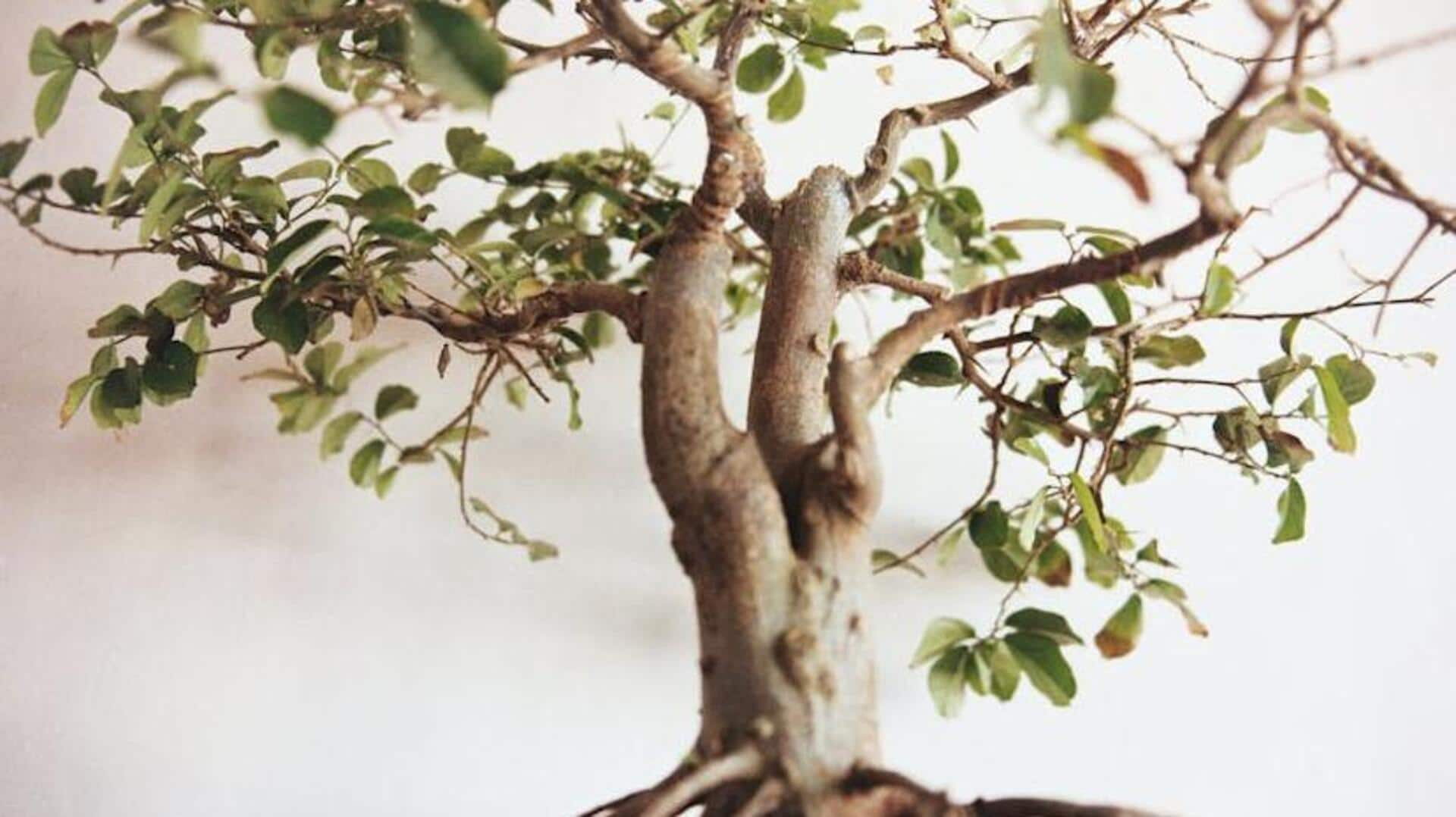
Master bonsai art with these simple techniques
What's the story
Bonsai art is an interesting practice where you grow miniature trees in containers, bringing the beauty of nature in a small package. This ancient art form takes a lot of patience and precision but can be mastered with some simple techniques. Whether you are a beginner or have some experience, these techniques will help you hone your bonsai skills and create stunning displays.
Tree selection
Choosing the right tree species
Selecting the appropriate tree species is crucial for successful bonsai cultivation. You'll want to consider factors like climate, available space, and personal preference when choosing your tree. Some popular species for beginners are juniper, ficus, and maple as they are highly adaptable and resilient. Understanding the specific needs of each species will ensure healthy growth and development.
Pruning techniques
Pruning for shape and health
While it's important to keep your bonsai tree looking the way you want, it is equally important to keep it healthy. This is where pruning comes in. Trim the branches regularly to promote growth and remove dead or diseased parts. Use sharp tools to make clean cuts, and prevent damaging the plant. Controlling growth through pruning gives you a balanced structure that's visually pleasing.
Wiring methods
Wiring for structure control
Wiring lets you manipulate branches into desired positions by wrapping them with wire carefully. This technique helps in shaping the tree over time without causing harm, if done correctly. Use aluminum or copper wire depending on branch thickness; ensure it is not too tight, as this may damage bark tissue during expansion periods like springtime, when sap flow increases significantly.
Repotting process
Repotting for root management
Repot your bonsai every two years for root management and replenishing soil nutrients. This keeps the tree healthy by providing fresh resources, as nutrients in small pots deplete quickly compared to those planted in the ground, which have access to continuous natural elements throughout the year.